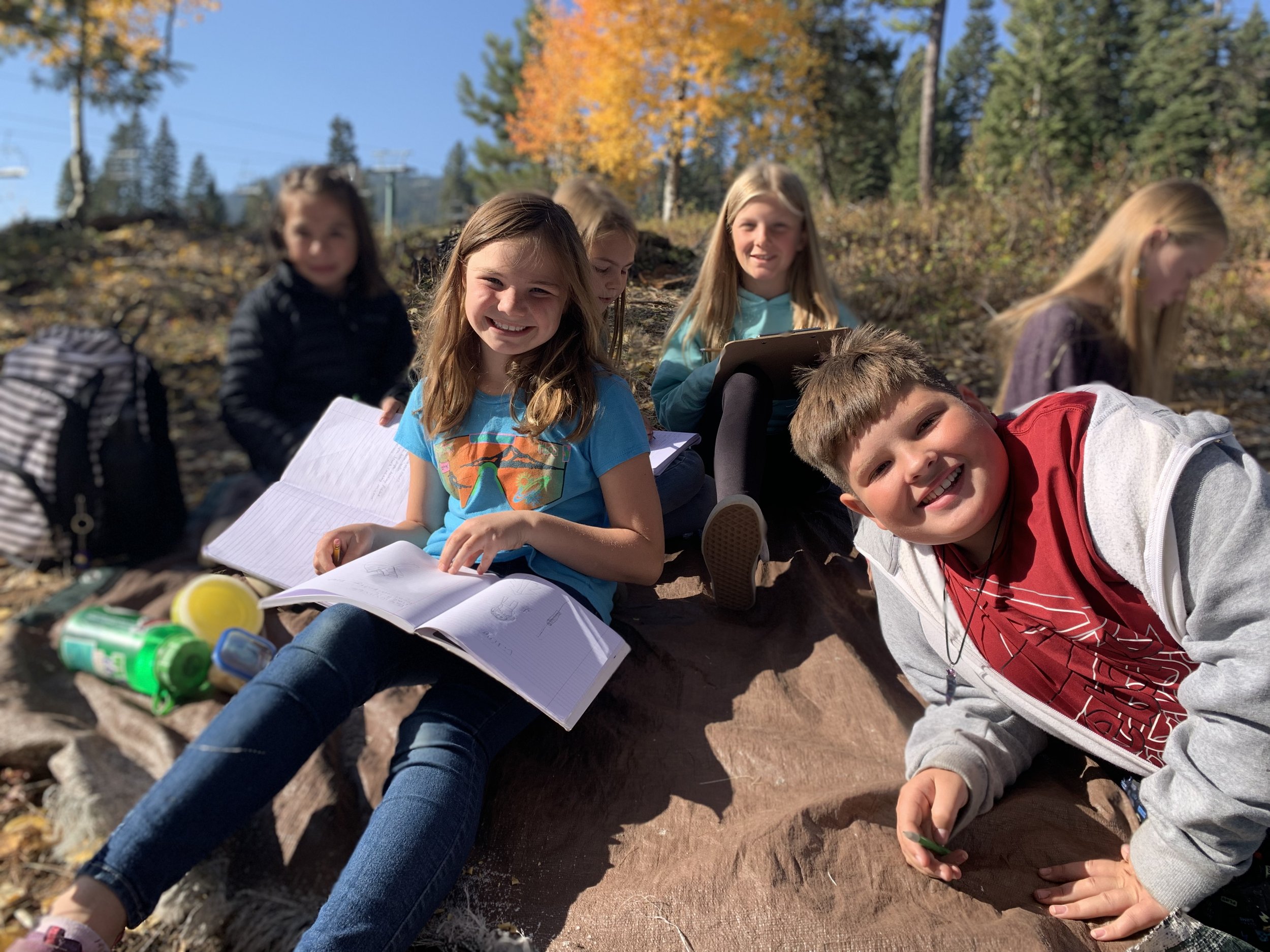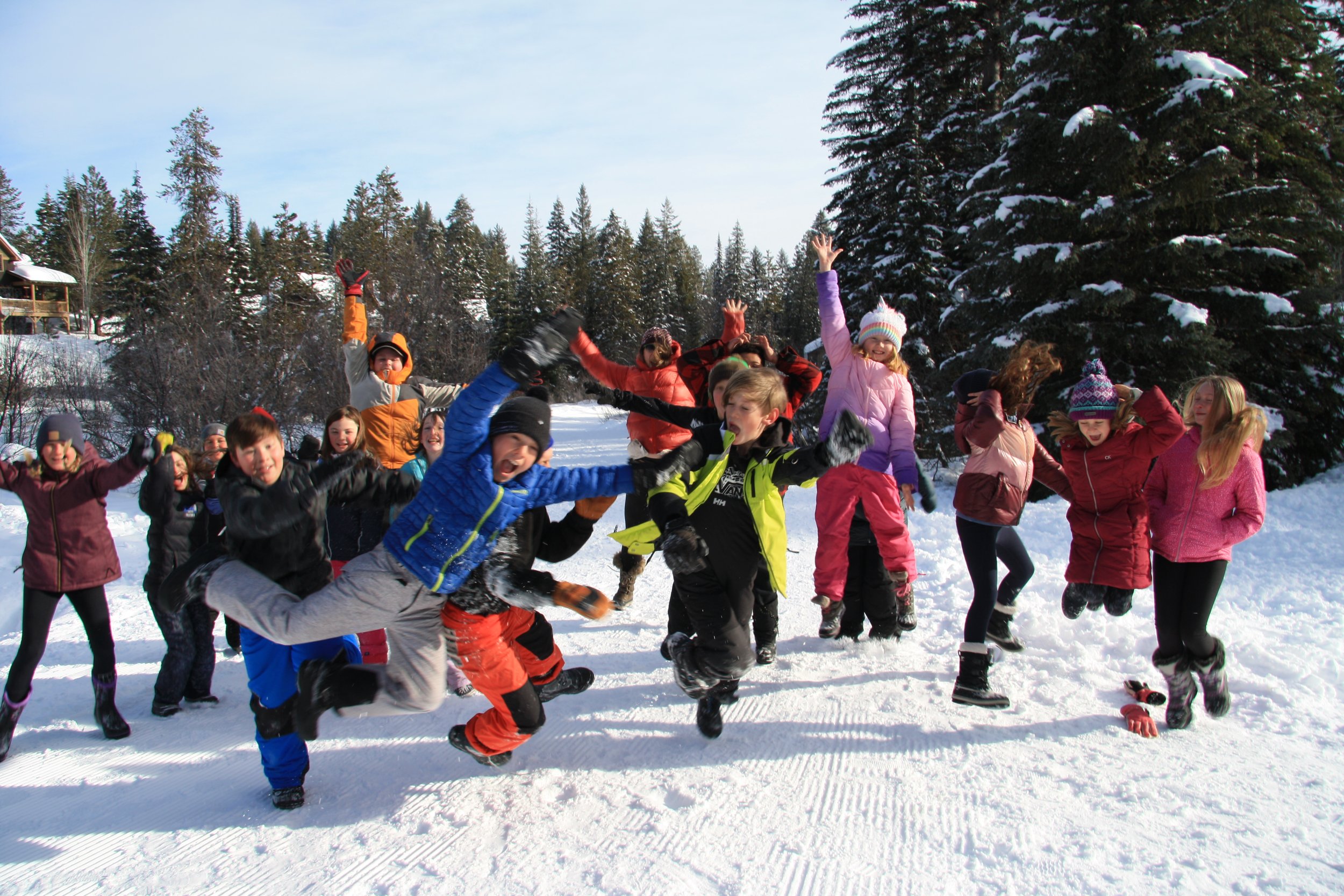
School Life
Key Elements of MCS:
-
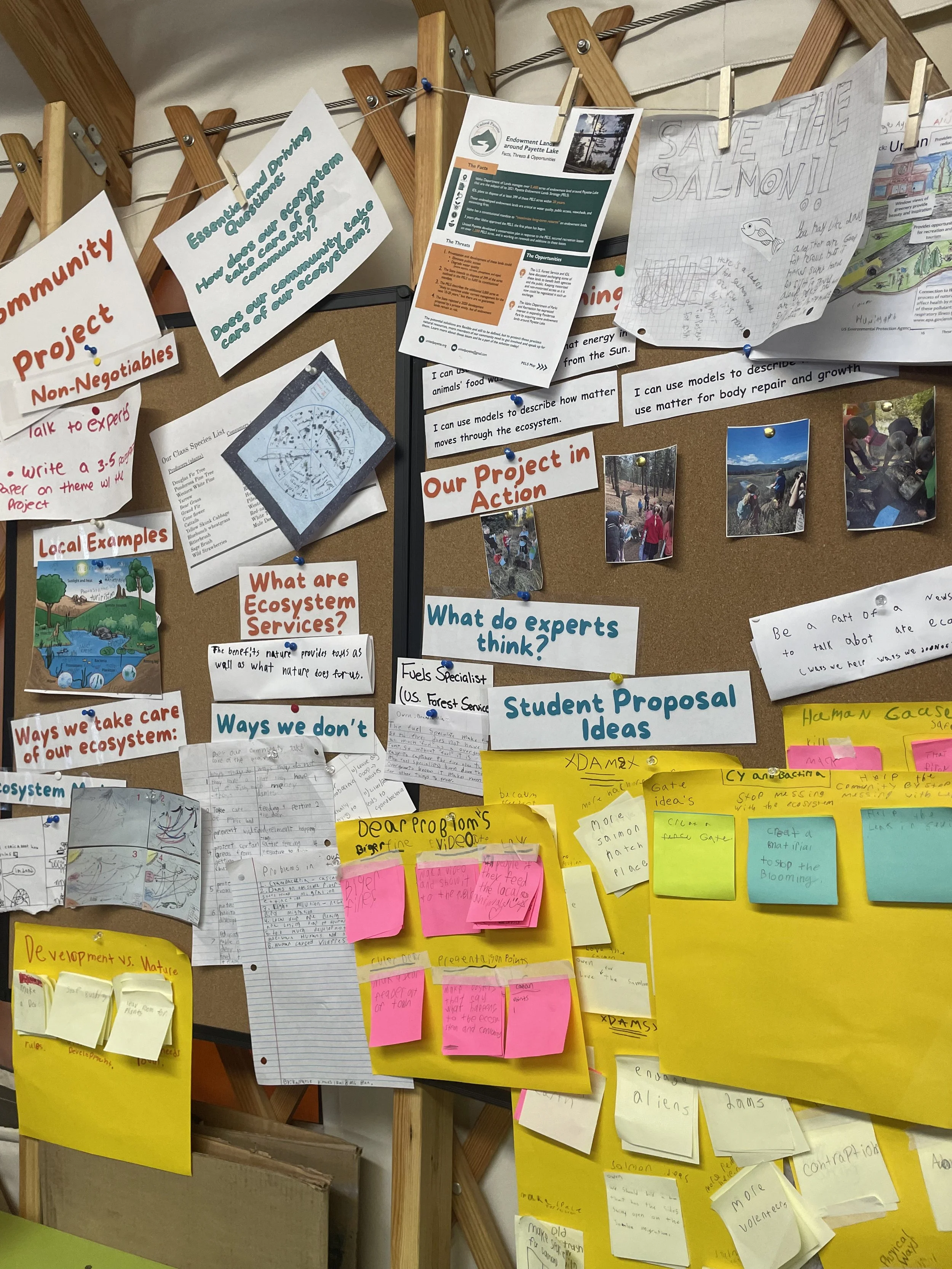
Personal Projects
Personal Projects
A Personal Project is a student selected Passion Project, somewhat like an electives but more open ended. Students select a topic they are interested in and map out a plan to learn about that topic while meeting with their teacher regularly and reflecting on their learning and benchmarks too. The freedom of choice in Personal Projects expands up through the grades and varies greatly. Projects may include learning about animals, cooking, animation, historical events, art, music,and so much more. If you have a talent or skill that you'd like to teach a student please let us know!
Personal projects help students to curate their passions and develop perseverance skills as they manage their goals and tasks independently with support from their teacher.
-

Community Projects
Community Projects
Community Projects are worked on daily as a whole class. Community projects start with a question or problem the class would like to tackle. Applying state standards, teachers bring in experts and resources and help students map out a plan to address their driving question. Community experts may be brought into the classroom or students travel to sites on Leave to Learn (like a field trip but with greater purpose). The project culminates with a community sharing of their findings and then self reflection. Projects might take on questions like what is fire’s role in our ecosystem, why do we need bees, what is a wetland and why do we need to protect it, what’s the best way to travel on snow, how can we support food creation in valley county, to mini projects like how to make food for a Friendsgiving or how to make healthy choices we can maintain.
Community projects help students to be active members of their community and develop problem solving and collaboration skills as they work together to understand their topic and develop their presentation or final product.
A day in the life of a MCS student includes the following elements:

A morning circle with the class to check in and start the day unified.
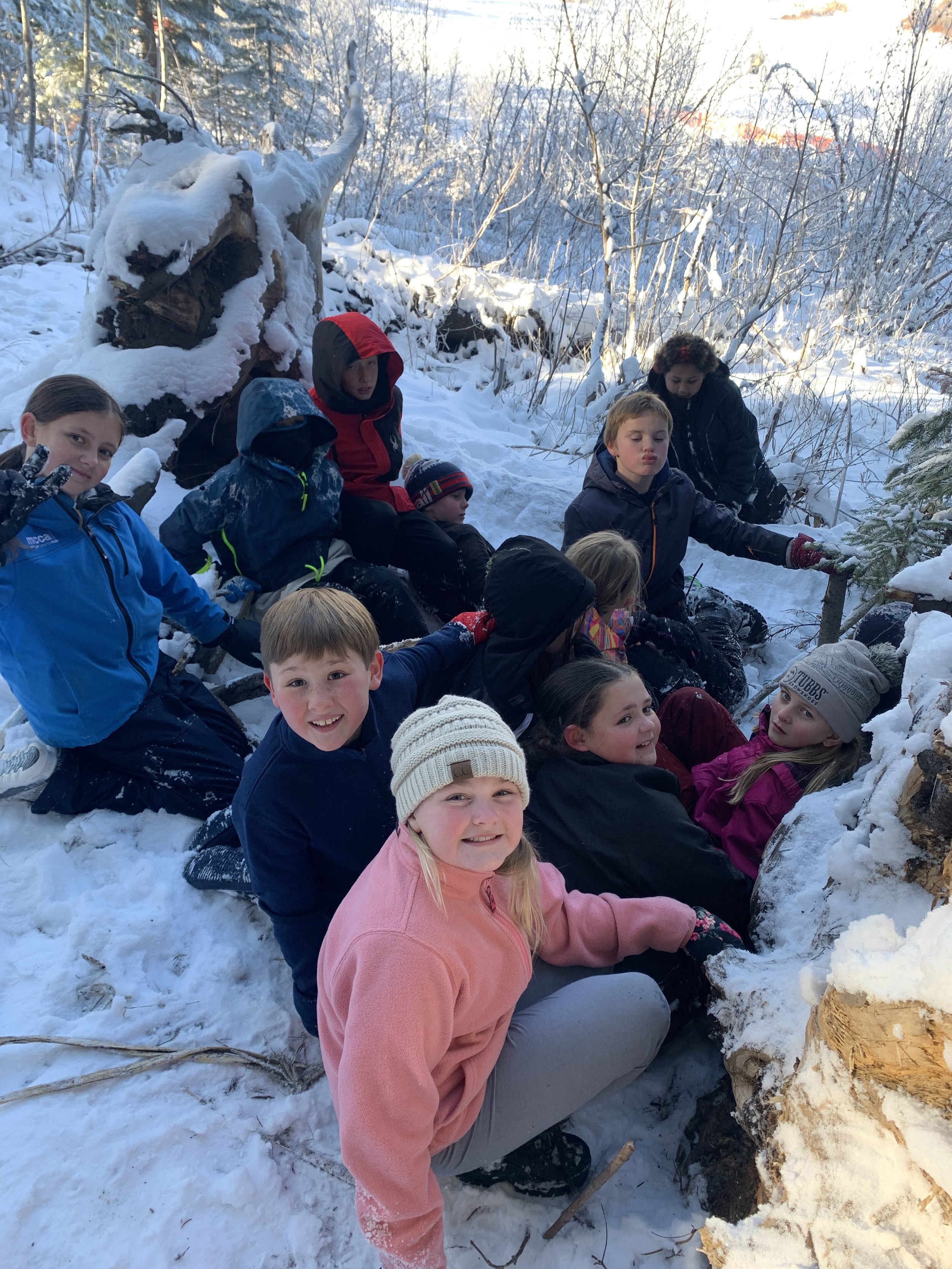
Lots of outside time year around in either structured games or free play time.
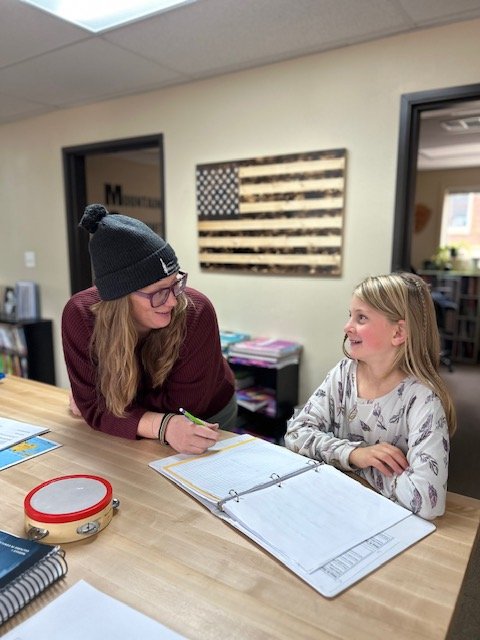
Targeted reading instruction.

Daily focus on team building and character skills.
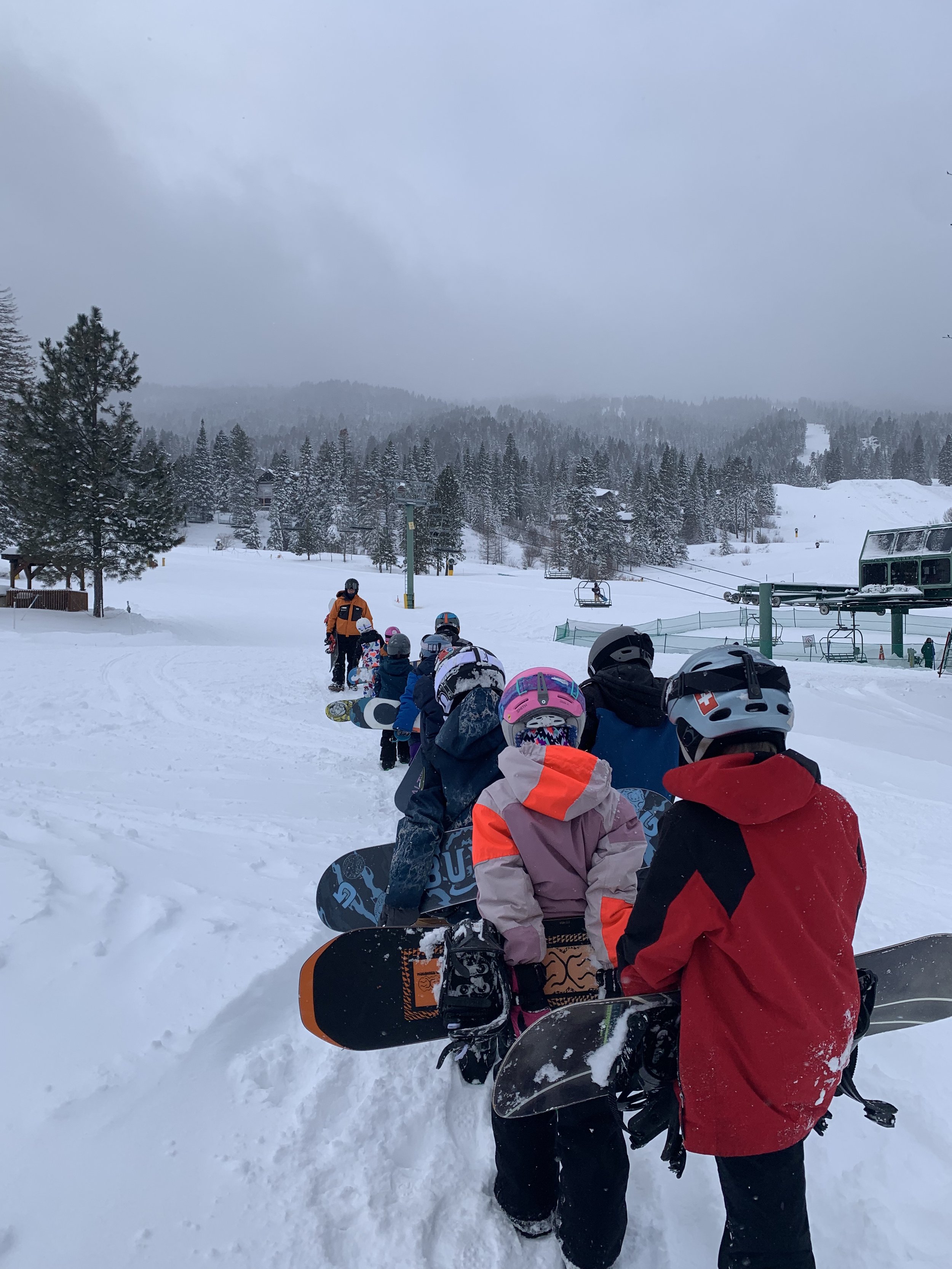
Weekly skiing/snowboarding in the winter.

Group collaboration on Community Project.
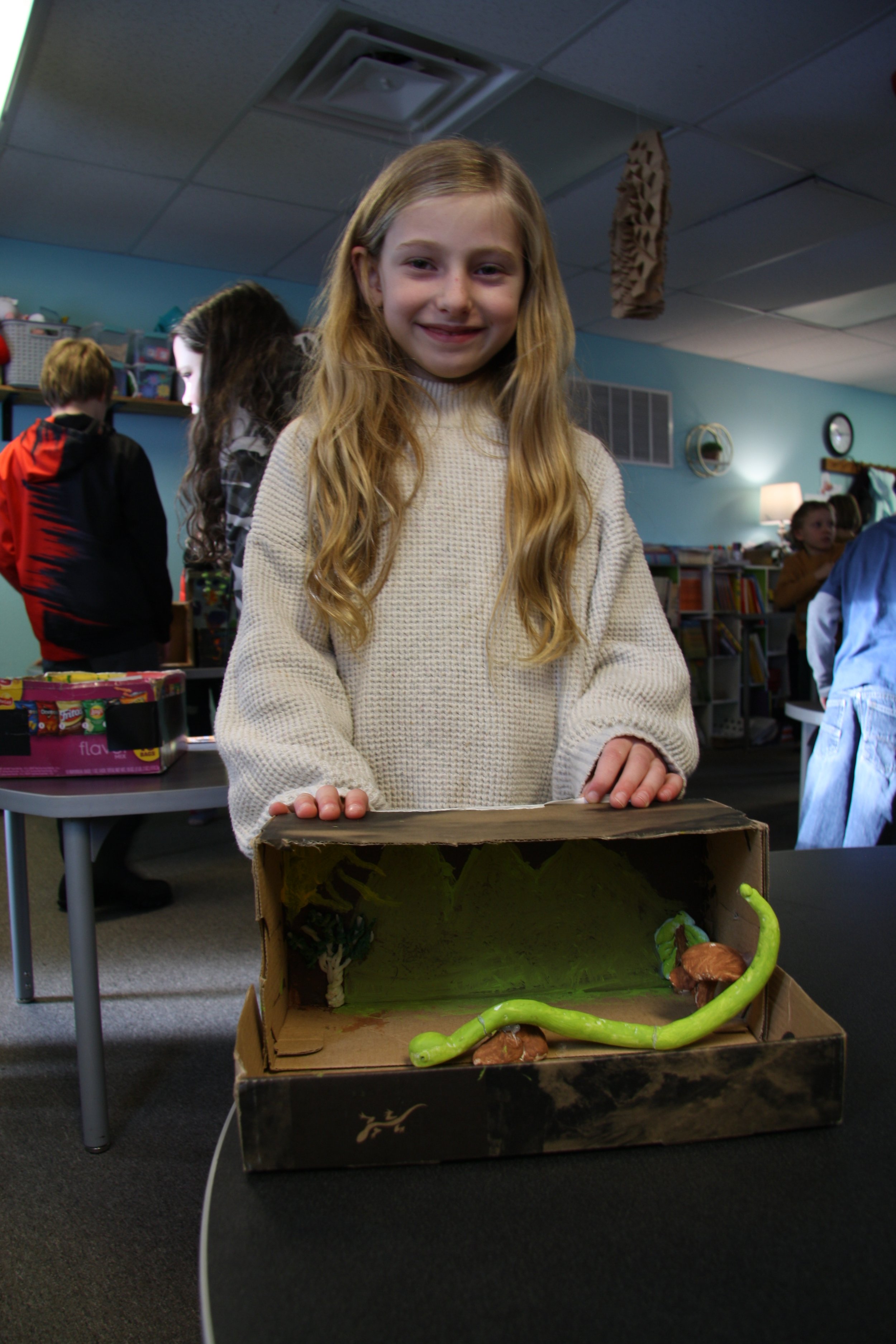
Weekly work on Personal Projects.
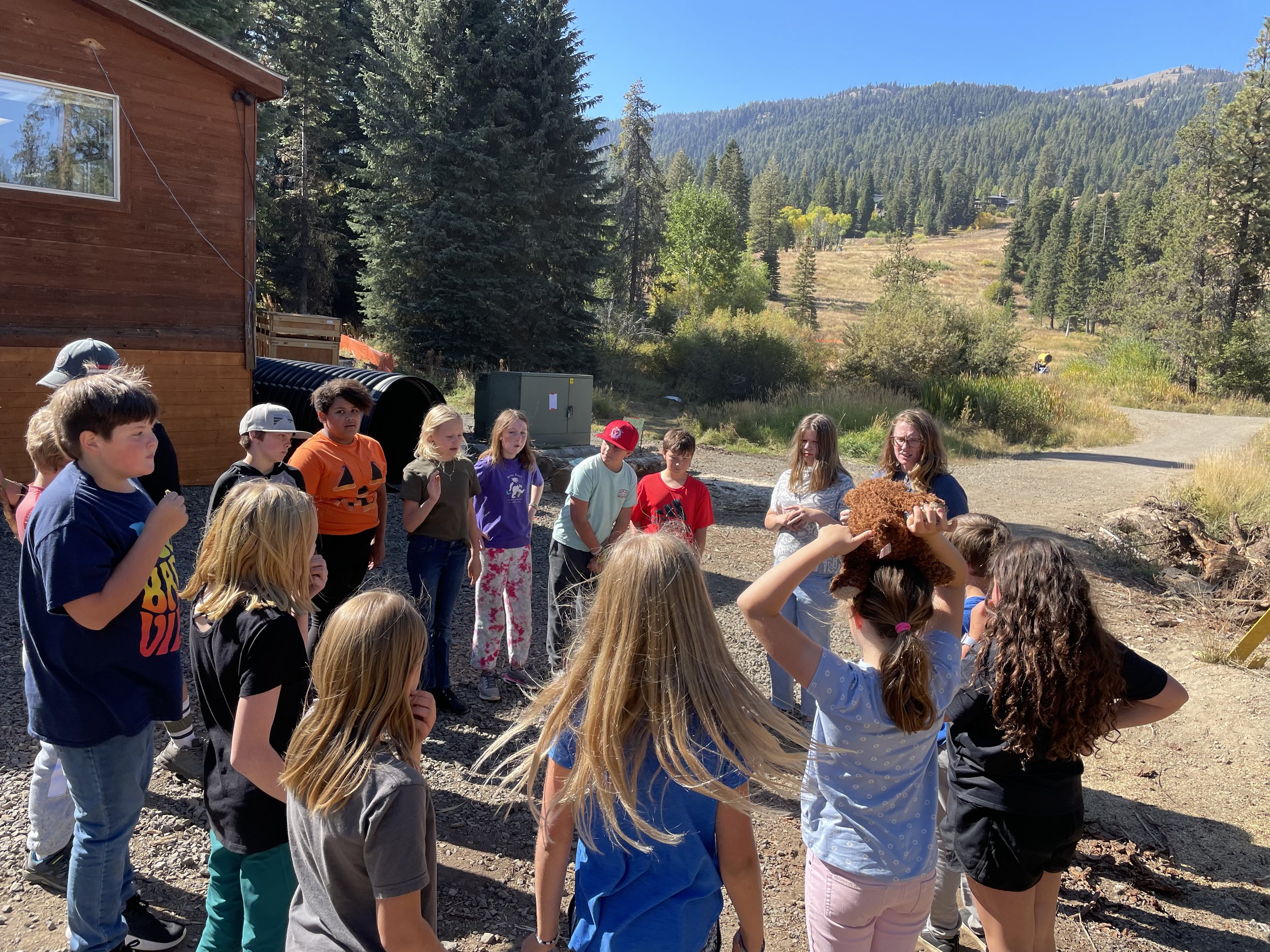
A closing circle to wrap up the day and send the students on their way.
Lower School K-1
-
K-1 students utilize Wit and Wisdom Curriculum with supplemental materials from Phonics for Reading and Phonics of Reading to support instruction.
-
We utilize Every Day Math for core curriculum and Imagine Math to supplement.
-
Learning about animals and their habitats, exploring our community and how we support each other, understand animal adaptations to winter.
Lower School 2-3
-
Students utilize Wit and Wisdom Curriculum with supplemental materials from Phonics for Reading and Phonics of Reading to support instruction.
-
We utilize Every Day Math for core curriculum and Imagine Math to supplement.
-
Learning about fire's role in our ecosystems, understanding food sources in Valley County and how to support them, designing solutions we can create with local sources of materials.
Lower School 4-5
-
Wit and Wisdom Curriculum with supplemental materials from Phonics for Reading and Phonics of Reading to support instruction.
-
We utilize Every Day Math for core curriculum and Imagine Math to supplement.
-
For 4-5 Exploring Ecosystem Services, defining wetlands and understanding their role in our area, learning about our local agencies and how they support our ecosystem, economy, and culture.
Middle School 6-8
-
Wit and Wisdom Curriculum with supplemental materials from Phonics for Reading and Phonics of Reading to support instruction.
-
Eureka Math
-
Developing healthy sustainable habits for life, Comparing modes of transport on snow for effectiveness, Learning about local community organizations and how they benefit people in Valley Count.



